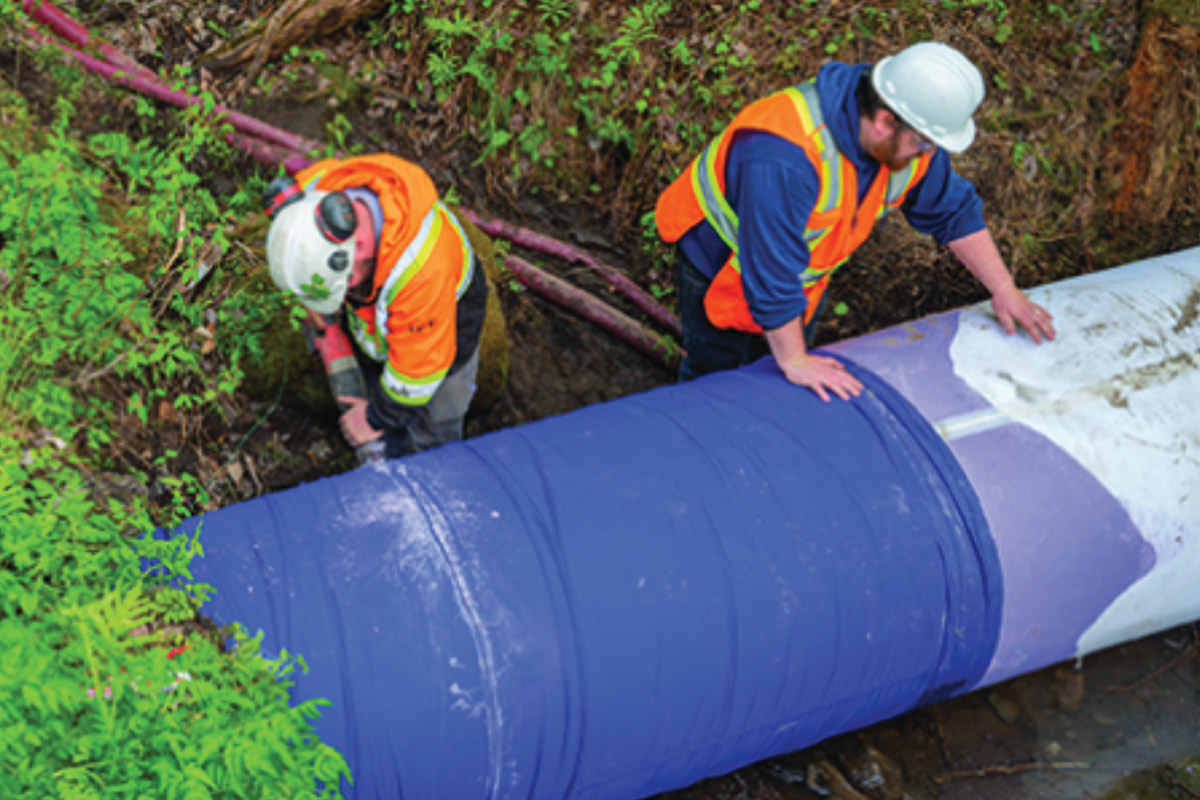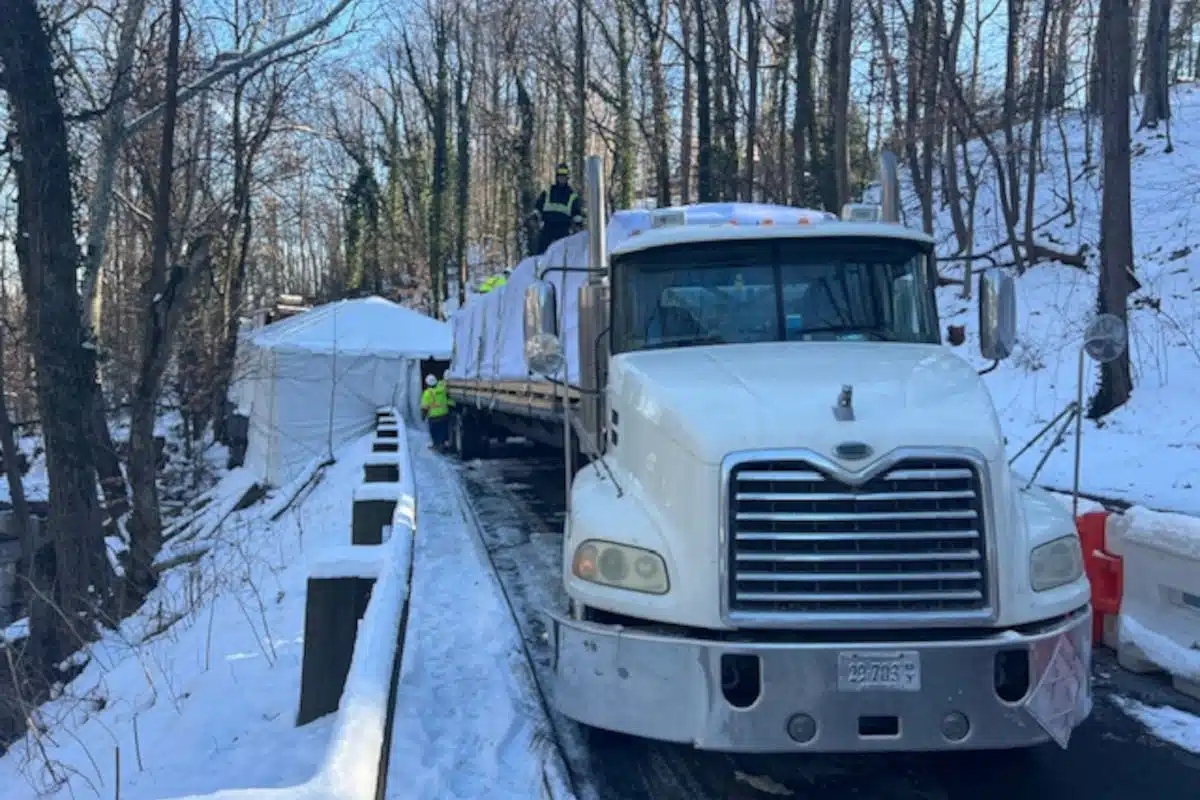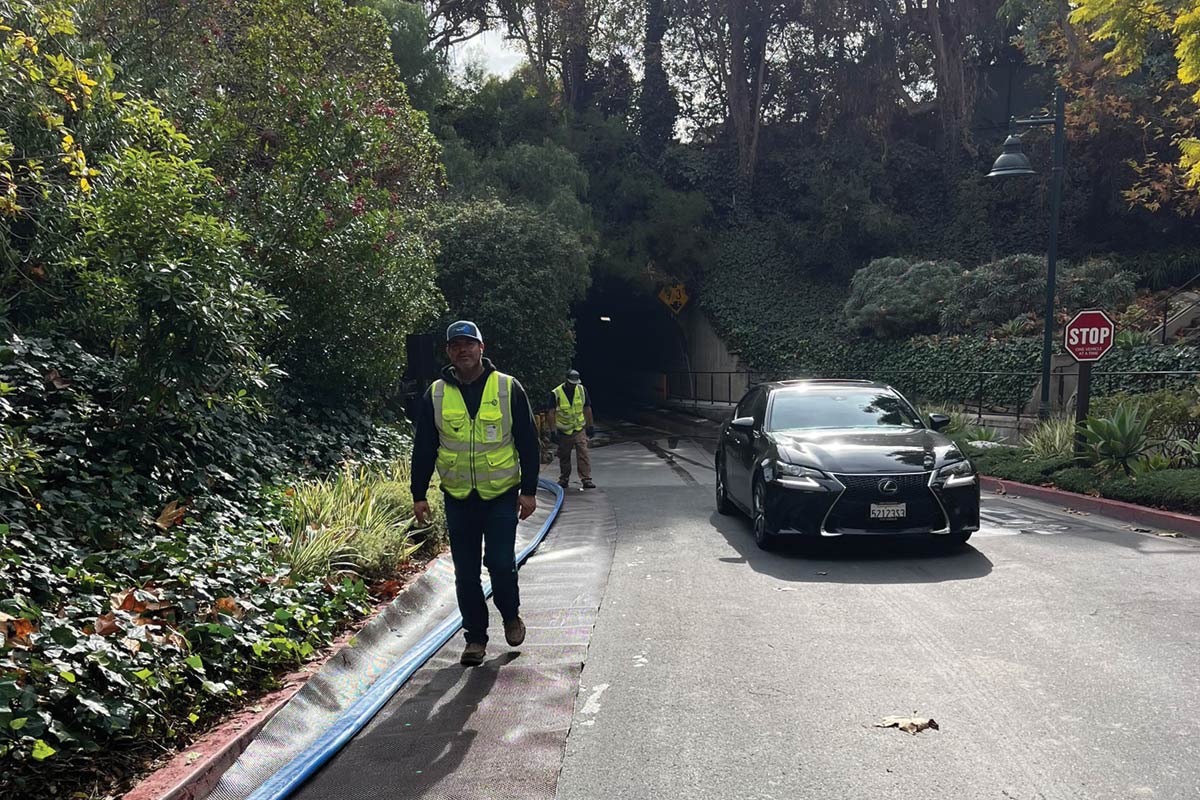
Increasing Profits with LED CIPP
Tom Carlisle, of Sewer Pro in Columbus, Ohio, paid keen attention to the evolution of a new cured-in-place pipe (CIPP) curing system based on LED blue light rather than hot water. The technology offered CIPP installers and their customers numerous benefits over conventional CIPP methods, yet he was cautious.
This year Sewer Pro made the switch, increasing its profit margins by 60 percent, Carlisle said. He now eagerly shares his insights with the industry, such as how he and his team made the decision to switch, how simple the system is to learn and use and how it has propelled his company’s profitability.
Changing the Business
Carlisle was primarily interested in the HammerHead Bluelight LED Lining System, which Sewer Pro uses alongside its existing CIPP equipment.
“We’ve always been an industry leader,” he said regarding trenchless technology. Yet it was his crew who nudged him into making the investment a little earlier than he had planned to. “I was always going to get into Bluelight, but they were really anxious for the increase in productivity,” he says.
Plus, HammerHead has made improvements to the system that enticed him even more. “The early resin had an odor,” he said. “They fixed that. And you can do verticals now.”
The combination of system improvements and eager employees, he said, made this the year to get into light cured CIPP.
Carlisle foresaw how Bluelight technology could streamline mobilization. Without needing a wet-out facility on site, they no longer needed a trailer. Carlisle and his team obtained precise measurements from HammerHead of the system’s trolly, drum and power converter. They created storage inside an extended van to secure each piece for travel with their other equipment, with sufficient room to seat all crew members comfortably and safely.
“Even my newest employee can drive the van,” he said. “We can easily back in nice and close where we need it.”

On the Job
A Bluelight installation is like a conventional CIPP operation, except that the light cured method enables liners to be wet out ahead of time – even weeks in advance, if desired.
Carlisle said he and his crews measure what the next week’s jobs require and doublecheck each other’s measurements to ensure they are correct. Carlisle cuts the liners, wets them out and bags them at his shop on the weekend. Installation crews pick them up Monday morning.
The crews invert the liners at the job as they would for a conventional installation. The liner is kept under air pressure at 10 psi or slightly less to keep it pressed uniformly against the host pipe. The light head is sent to the end of the liner, its integrated camera allowing the operator to inspect the installation.
Once the light head is in position, the resin-setting LED light is switched on. As the head is drawn back toward the nozzle, computer automation ensures it travels at precisely the correct speed for a proper cure at rates of up to 5.4 ft a minute.
Once the crews have installed the liner and run the LED, it is fully cured. The hot water curing technique, on the other hand, requires a crew either to wait on site or return a few hours later to finish the job and retrieve equipment. The result is that LED-cured installations are completed up to five times faster than conventional CIPP methods.
Easier CIPP
Carlisle emphasized just how much easier this system makes CIPP installations. “And training is minimal,” he says. “Epoxies scare a lot of guys,” referring to the need for measuring and mixing correctly then “racing against the clock” to get a quality inversion. “Bluelight takes 50 percent of the steps out of CIPP installation. You become an installation expert with minimal training by comparison.”
Unlike a thermosetting resin, Bluelight resins are not temperature sensitive. Carlisle said in the past his crews would at times need to bring their buckets of resin and hardener into their hotel room with them during cold Ohio winters. Otherwise, the components would be impossible to mix the next morning. During a hot summer job, some conventional CIPP contractors use an ice bath to help prevent thermosetting resins from activating too soon. Bluelight resin, however, does not react to heat.
“Water can be such a fight,” Carlisle says, referring to hot water curing CIPP. “It gets cold here in Ohio. People’s sill cocks get shut off in winter.”
The resin’s stability also means no waste. “You don’t throw away excess resin,” Carlisle said. “You just pour it back in the bucket to use on the next liner.”
The Future of CIPP
Since acquiring the system, all of Sewer Pro’s jobs have been done using the Bluelight system. Productivity has been so consistently high that Carlisle is now thinking of expanding Sewer Pro’s service area, adding a couple new locations. He already plans to get another system set up in a second van.
He advises those new to the industry to avoid economy equipment by off-brand manufacturers seeking to capitalize on the new trend.
Although Carlisle hasn’t sold off his boiler yet, he believes hot water is going away. “Light-cured CIPP is the future of the industry. I’m convinced this is where we’re going,” he says.
Joe Bradfield is a contributing writer for HammerHead Trenchless.




